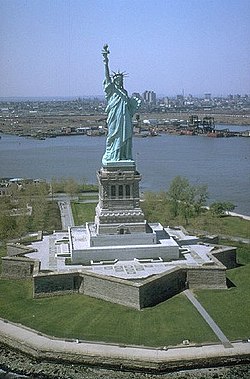

Seacoast defense was a major concern for the United States from its independence until World War II. Before airplanes, many of America's enemies could only reach it from the sea, making coastal forts an economical alternative to standing armies or a large navy. Substantial fortifications were built at key locations, especially protecting major harbors. Seacoast defense also included submarine minefields, nets and booms, ships, and, later, airplanes. The U.S. Army Corps of Engineers played the central role in constructing fixed defenses, but all of the armed forces participated.
Designs evolved and became obsolete with changes in the technology available to both the attacking forces and the defenders. The evolution of the U.S. seacoast defense system is generally identified among several "systems", which are somewhat defined by the styles used, but more so by the events or trends which periodically stimulated new funding and construction. The division of the early forts into the First and Second Systems was made by later historians, and appears officially in an 1851 report by Chief Engineer Joseph Totten, probably the most prolific builder of masonry forts in American history.[1]
After the 1940s, it was recognized that fixed fortifications were obsolete and ineffective against aircraft and missiles.
- ^ Wade, p. 185